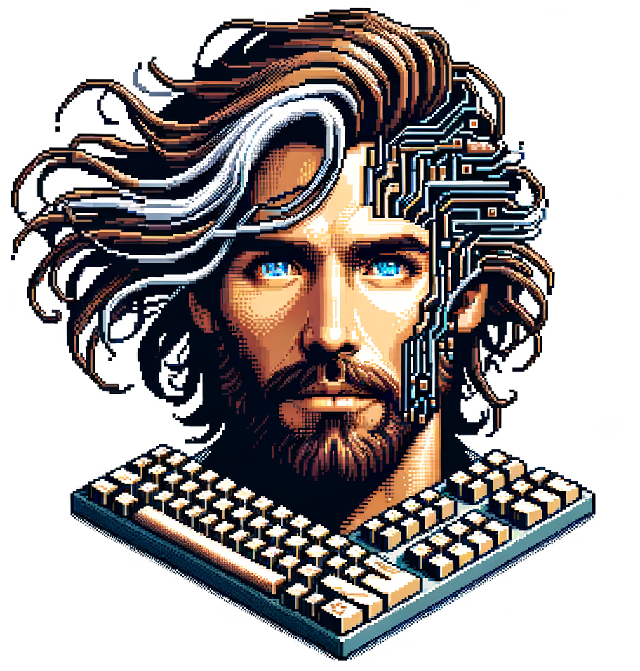
My Digital Minimalism Journey: Finding Balance in a Hyperconnected World
As a Linux administrator, I'm constantly surrounded by technology. My work requires me to be on a computer for extended periods, which made me realize I needed a better relationship with tech in my personal life. This led me to explore digital minimalism - not about rejecting technology, but using it intentionally and purposefully.
Inspired by Cal Newport's book "Digital Minimalism", I embarked on a journey to improve my relationship with tech. Here's what I learned:
The Extreme Experiment
I started with a drastic approach: switching to Dialup4Less for internet, using a basic phone, and browsing with text-based Lynx. This experiment taught me that while extreme measures can be eye-opening, they're not sustainable long-term.
Finding Balance: My Curated Digital Toolkit
I developed a more balanced approach with:
An ONYX BOOX Palma e-ink device for distraction-free reading.
A Sunbeam F1 Pro Aspen basic phone for essential communication.
A notepad and pencil for brainstorming.
A digital camera for capturing moments without the urge to share immediately.
For emergencies and family communication, I kept a smartphone with the Before Launcher. This setup acknowledges that sometimes smartphones are necessary. During crises or urgent family matters, I switch to using the full functionality of the smartphone. However, I make a conscious effort to return to my minimalist setup once the situation subsides. This approach allows me to have the best of both worlds - access to powerful technology when needed, without constant distractions.
I also use a Kitchen Safe for intentional tech breaks and practice "Digital Detox" days.
The Minimalist Maximalism Paradox
Having multiple specialized devices actually supports digital minimalism by:
Providing focused functionality: Each device does one thing well, without unnecessary distractions.
Reducing cognitive load: With fewer options on each device, there's less mental effort required to make decisions. This decreases the "decision fatigue" that often comes from having too many choices or notifications competing for your attention. For example, when you pick up your e-reader, your brain knows it's time to read, not check emails or social media.
Encouraging mindful usage: Switching between devices requires a conscious decision, making you more aware of how you're spending your time.
Offering quality experiences for specific tasks: Specialized devices often provide a better experience than trying to do everything on one device.
The Ongoing Journey
This approach has its challenges, including occasional FOMO, but the benefits of improved focus and better mental health are worth it. As someone who works with technology all day, I've found this balanced approach particularly beneficial in creating a clear boundary between my professional and personal tech use.
Remember, digital minimalism is personal – experiment to find what works for you. Your less-distracted future self will thank you.